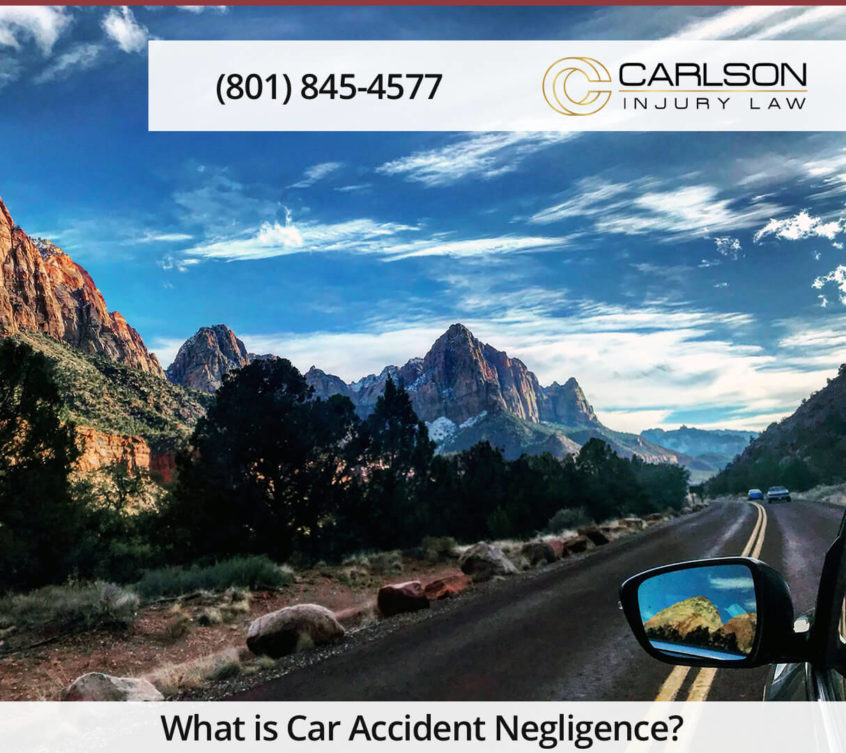If you have been injured in a car accident, the last thing you want to think about is legal terms. But there are a few terms that it can be helpful to know. This is particularly true if you are going to file a lawsuit and seek damages. Negligence is one of those terms. If you want to win your Utah car accident case, you have to prove the other party was negligent. Let’s take a look at what negligence means for a car accident and how it affects the outcome.
Negligence in a Utah Car Accident Case
According to Cornell Law School, negligence is:
A failure to behave with the level of care that someone of ordinary prudence would have exercised under the same circumstances. The behavior usually consists of actions, but can also consist of omissions when there is some duty to act (e.g., a duty to help victims of one’s previous conduct).
As you would expect, the legal definition of negligence is worded in a way that can be hard to understand. However, we can use the definition to help explain how negligence works in a car accident case. For our purposes, the most important part of the definition is the first sentence. It explains that negligence is a failure to behave with the normal level of care that a person would in the same circumstances.
For example, people are expected to drive within the speed limit. If the other driver was driving over the speed limit when they hit you, they were not being careful. Therefore, their speeding could be considered negligent.
In a car accident case, the main goal is to prove that the other party was negligent and that their negligence caused the accident. If you can prove negligence in the right way, you can win your case.
Utah Law Considers Comparative Negligence
Some car accidents are caused in part by both drivers. For example, the first driver may have been speeding, but the second driver may have failed to check her blind spot before changing lanes. Utah law is written to accommodate complex cases by considering comparative negligence. In the example above, the court could determine that the first driver was 80% responsible for the accident. But, since the second driver did not check their blind spot, they could be considered 20% responsible.
All of this means that the court can decide that both drivers bear some responsibility. If they do, then the damages will be adjusted accordingly.
Let Our Attorney Help You Prove Negligence
One of the key jobs of our Utah car accident attorney is helping clients prove negligence. Our firm is committed to helping you get maximum compensation for your injuries. To accomplish this goal, we fight hard to prove the facts – that the other driver caused the accident.
We are ready to go to work for you. Please call us at (801) 845-4577 or fill out our secure, online contact form today.


